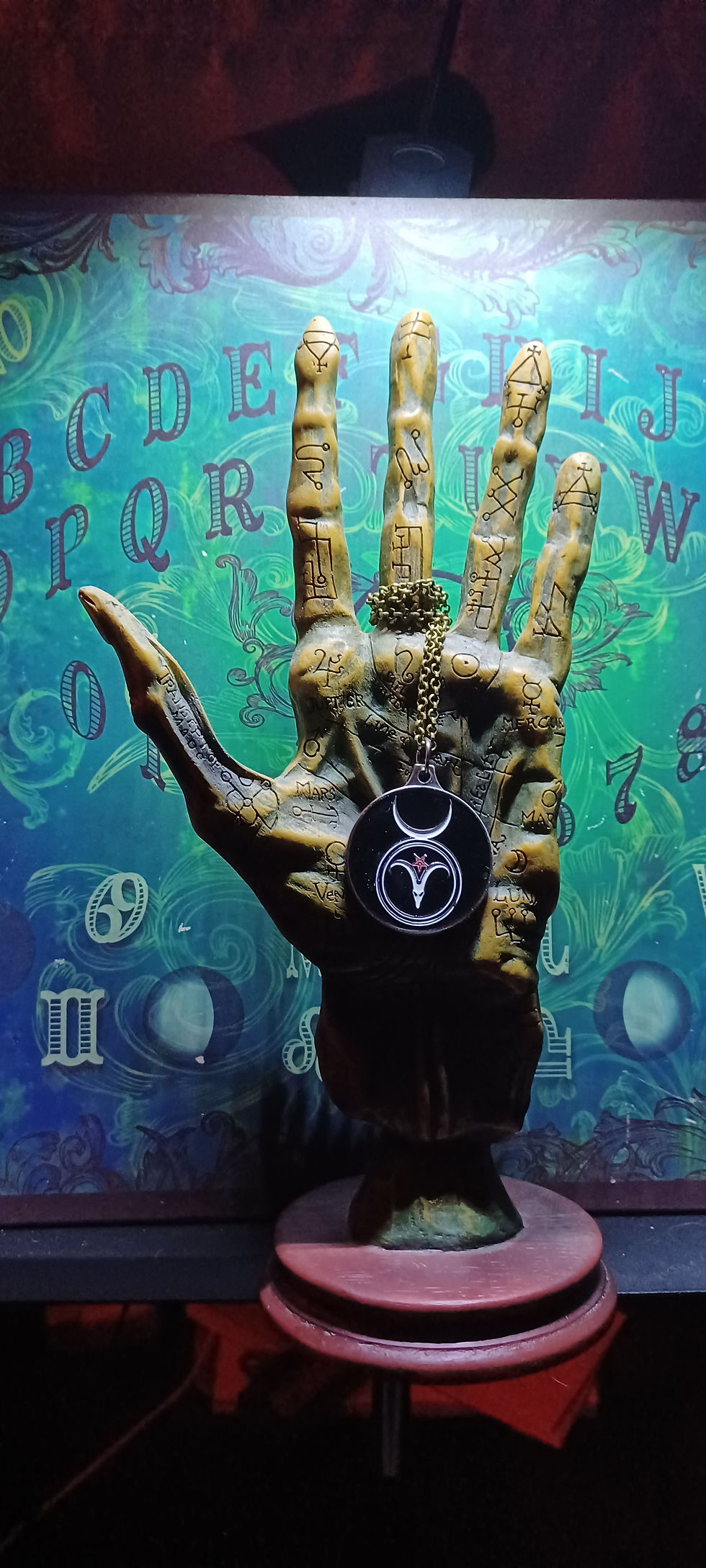SATAN UNBOUND: From Self-Deification to Rebellion and Back
- Etu Malku

- Oct 25
- 3 min read

During the American Revolution (1775–1783) and the French Revolution (1789–1799), radical political ideas began to spread widely across Europe and the Americas. The figure of Satan, long cast as the adversary of divine authority, became a potent symbol of rebellion against tyranny. Many revolutionaries and freethinkers reimagined Satan not as the embodiment of evil, but as the archetypal rebel who stood against oppression, injustice, and theocratic control.
In this context, Satan evolved into a mythic figure of individualism and free thought, a spiritual patron of the revolutionary spirit itself.
The French anarchist Pierre-Joseph Proudhon embraced Satan as the very symbol of liberty, while Russian anarchist Mikhail Bakunin described him as “the eternal rebel, the first freethinker, and the emancipator of worlds” in his seminal work God and the State (1871). To such thinkers, Satan represented the human impulse to rise against imposed order ,the refusal to submit.
Stanisław Przybyszewski (The First Satanist)
The first person to articulate an explicitly Satanic philosophy was the Polish writer Stanisław Przybyszewski (1868–1927). Often regarded as the first self-proclaimed Satanist, Przybyszewski moved beyond metaphor and began defining Satanism as a coherent worldview.
In works such as The Synagogue of Satan (1897), he reinterpreted Satan as the archetype of human freedom, defiance, and enlightenment, the force that drives humanity toward knowledge and self-realization. Przybyszewski’s Satan was not merely a political or literary figure, but a metaphysical principle of individual liberation.
By rejecting both Christian morality and bourgeois social norms, Przybyszewski positioned Satanism as a counter-religion of the Self, celebrating passion, instinct, and will as sacred expressions of life. His writings profoundly influenced the Decadent and Symbolist movements and laid the intellectual groundwork for later Satanic and Luciferian philosophies.
Through him, Satan ceased to be just a poetic or revolutionary emblem; he became a philosophical and spiritual archetype of humanity’s eternal striving to become godlike.
Where the Romantics made Satan a tragic hero, the Revolutionaries made him a political rebel, and Przybyszewski made him a philosophical principle, a synthesis of will, freedom, and enlightenment. This progression, from rebellion against divine authority to rebellion against moral and social authority, set the stage for LaVey, who would later crystallize these archetypes into the first organized, self-aware religion of Satanism.
Although both Stanisław Przybyszewski and Anton LaVey centered their worldviews around Satan, their approaches diverged profoundly in philosophy and metaphysics.
Przybyszewski’s Satanism was metaphysical, rooted in a vision of Satan as a cosmic and spiritual principle. LaVey’s, by contrast, was atheistic and psychological, interpreting Satan purely as a symbol of human nature.
For Przybyszewski, Satan was not a mere literary metaphor but a living force that animates human Will, the primordial current of rebellion and self-becoming running through existence itself.
He saw Satan as the true god of the earth, representing the creative and destructive duality inherent in all life: Satan is the principle of individual evolution, the will toward self-knowledge and godhood.
This made Przybyszewski’s Satanism a spiritual and initiatory path, a Proto–Left-Hand Path that sought the deification of man through defiance. His Satan is both metaphysical and experiential, embodying the dark gnosis through which the adept transcends limitation.
In this sense, Przybyszewski anticipates later esoteric movements, Luciferianism, Thelema, and Modern Satanism, all of which seek the unification of opposites and Apotheosis.
Anton LaVey, a century later, secularized Satan. He stripped the archetype of metaphysical content and transformed it into a psychological emblem, a banner for carnal instinct, ego, and self-assertion. Satan symbolized rational self-interest and human nature unbound by guilt. LaVey’s Satanism thus rejected mysticism, metaphysics, and spiritual transcendence in favor of a Materialist Humanism with ritual aesthetics. His Satan Became the symbol of the flesh, not a cosmic force.
Where LaVey’s approach ends with self-affirmation, Przybyszewski’s begins with self-transcendence. The former exalts man as he is; the latter seeks to transform man into something more.
Przybyszewski’s metaphysical vision aligns more closely with the Western Left-Hand Path that emerged by the 20th century through figures like Aleister Crowley, Kenneth Grant, Michael Ford, Thomas LeRoy, and Michael Aquino. These currents revived the idea that Satan represents the inner divine spark, the Black Flame of self-deification.
Thus, while LaVey gave Satanism a public identity, Przybyszewski gave it a spiritual depth, one that continues to influence our Modern Occult.


